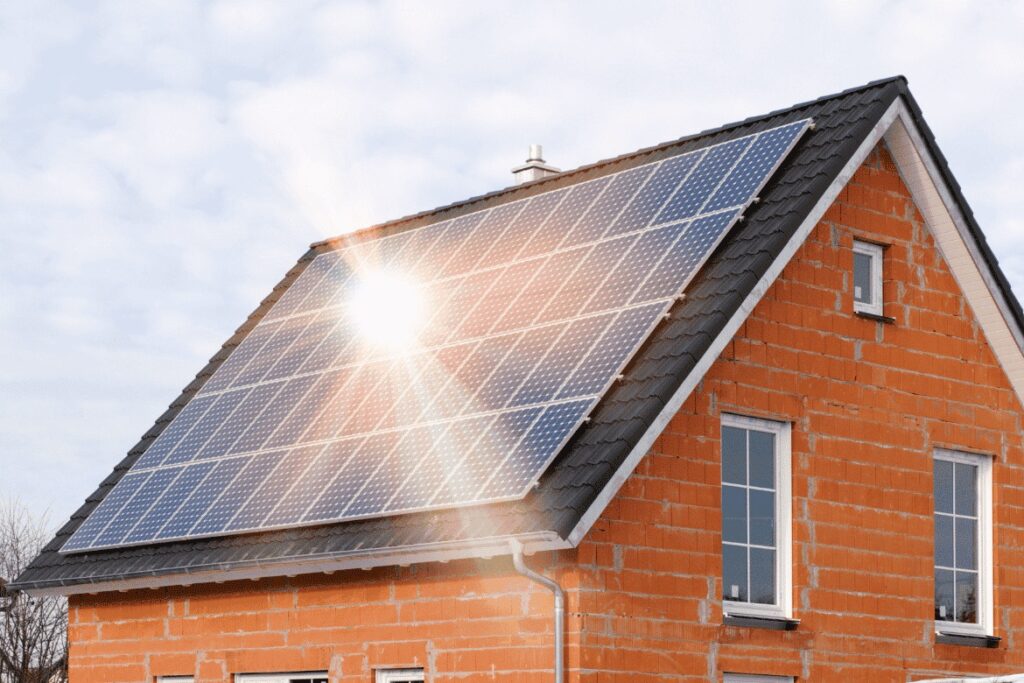Solar panels can generate electricity not only under direct sunlight but also under various lighting conditions, including diffused light or even artificial light. While solar panels are most efficient when exposed to direct sunlight, they can still produce a certain amount of electricity when exposed to ambient or indirect light.
Photovoltaic cells, the fundamental components of solar panels, are designed to convert light energy, particularly sunlight, into electricity. These cells are made of materials like silicon, which create an electric current when exposed to light. While the intensity of the light directly affects the amount of electricity generated, solar panels can still produce some power even in overcast or low-light conditions.
It’s important to note that the amount of electricity generated in low-light conditions is significantly lower compared to the output during peak sunlight hours. Therefore, the overall energy production may be limited, and the efficiency of the solar panel system may be reduced under such conditions.
Technological advancements in solar panel design continue to focus on improving the efficiency of energy conversion under various lighting conditions, allowing solar panels to generate electricity even in low-light environments.


